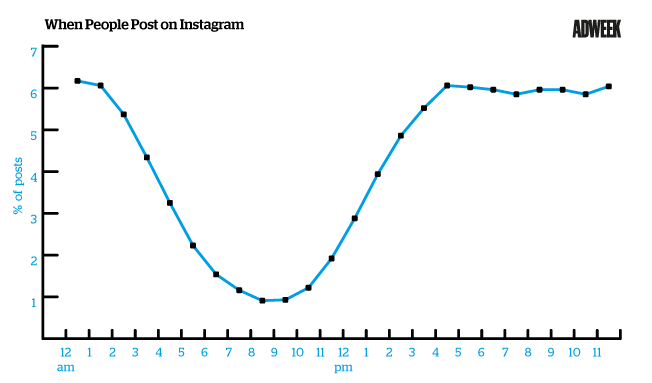How Brands Using Social Media Ignite Marketing and Drive Growth: Measurement of Paid Social Media Appears Solid but Are the Metrics for Organic Social Overstated?
The 2015 Warc Prize for Social Strategy is a competition that challenges marketers to demonstrate how effectively they had used social media in their marketing efforts. In this September 2015 article in the Journal of Advertising Research, Gian M. Fulgoni, co-founder and chairman emeritus of comScore, shares the insights he gained as a judge when he reviewed the finalist case studies submitted by companies worldwide in competition for the Warc Prize for Social Strategy.
Fulgoni commented on his experiences:
“As a judge, I was struck by the creative use of social media and the positive impact it had on many business results. My thoughts can be crystalized into five dimensions—what I call the “Five S’s of Social Marketing”:
-Social as a Supplement to media spend
-Social as a Substitute for media spend
-Social as a Savior
-Social as a Soft Metric of effectiveness
-Social as a Sales Driver.”
The author also discusses the details of some of the winning campaigns from this competition: Coca-Cola, ‘Share-a-Coke US’; Oscar Mayer, ‘Wake Up and Smell the Bacon’; and Chobani Yogurt: ‘#PlainInspiring’.
The case studies for the 2015 Prize for Social Strategy demonstrate that social media has become central to the marketing efforts of many brands and organizations, according to Fulgoni. He also discusses the challenge of isolating and measuring the business results of social media campaigns for both organic and paid forms of social media.
See all 5 Cups articles.

